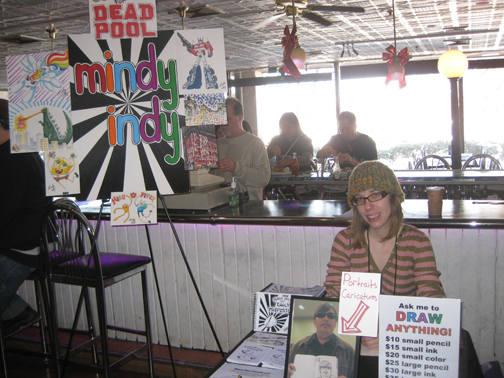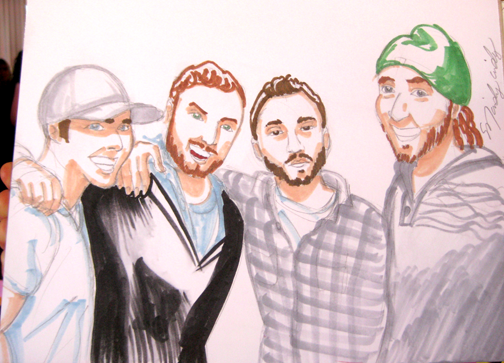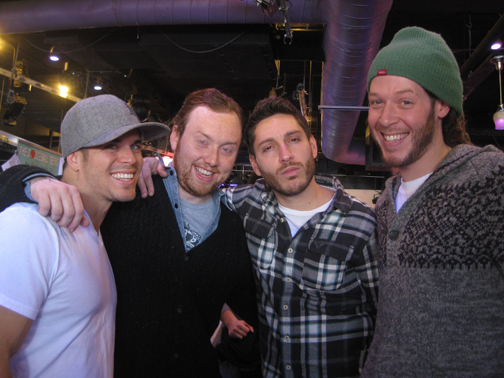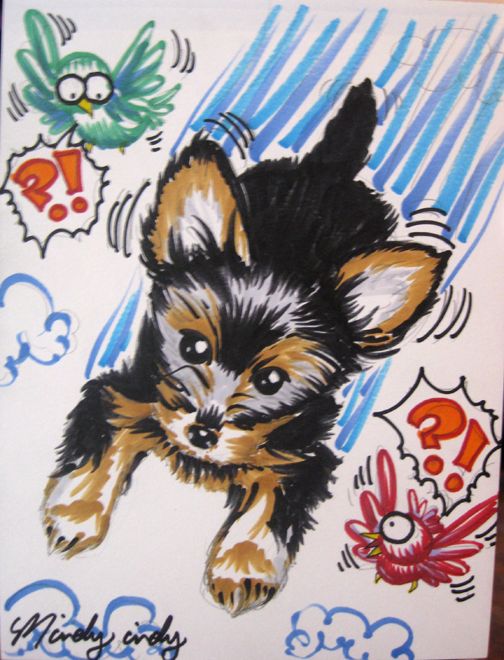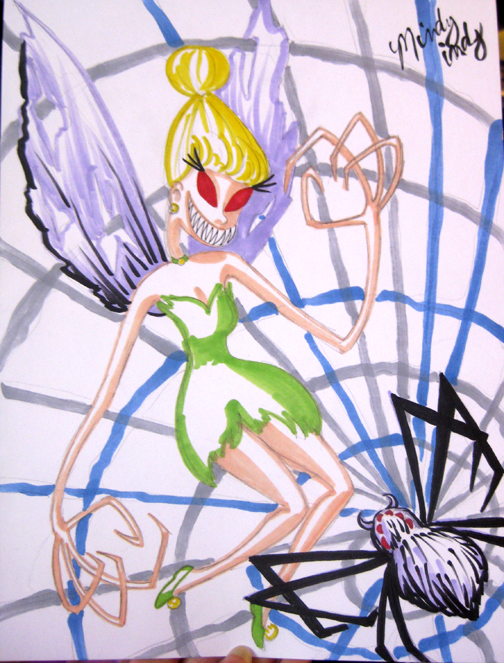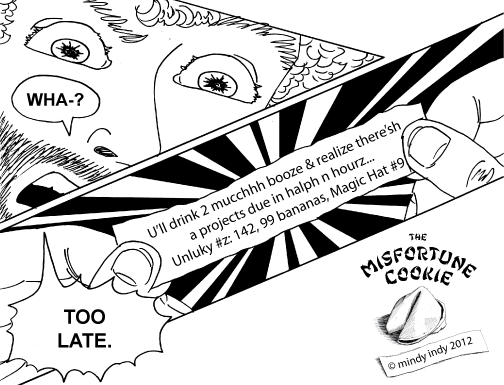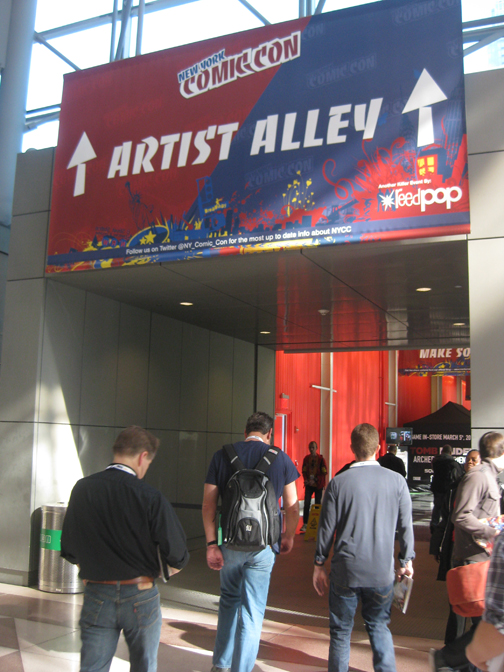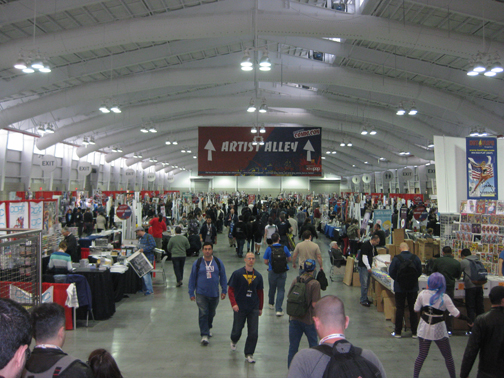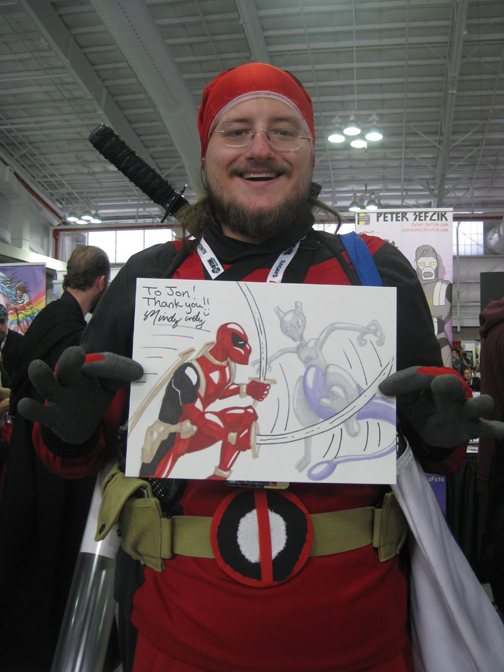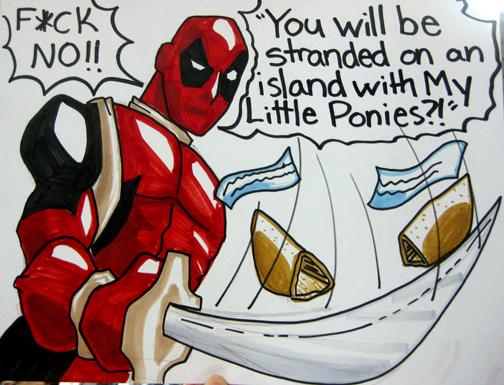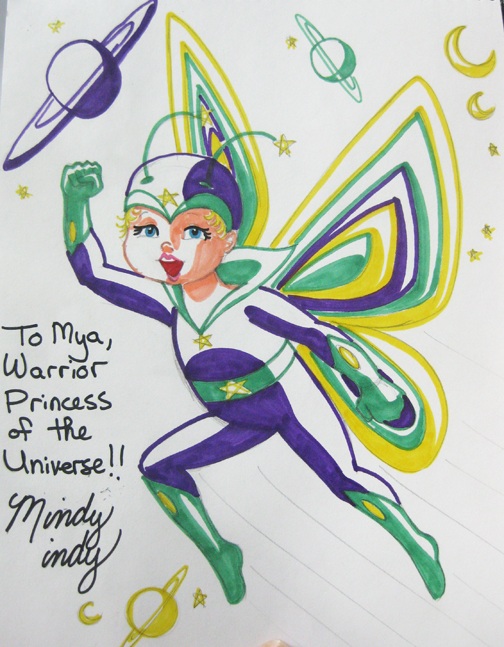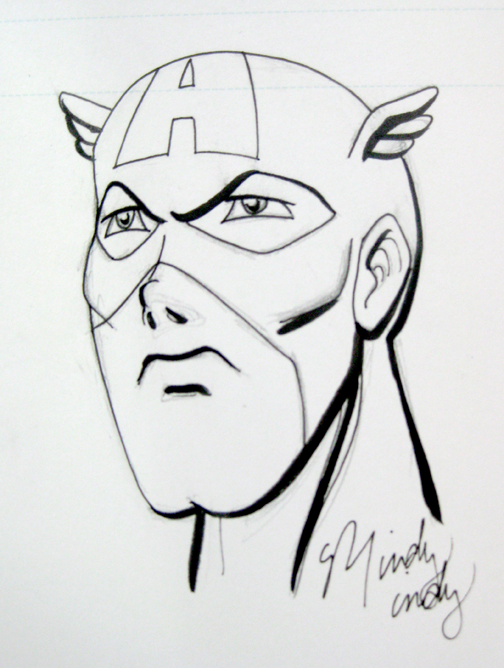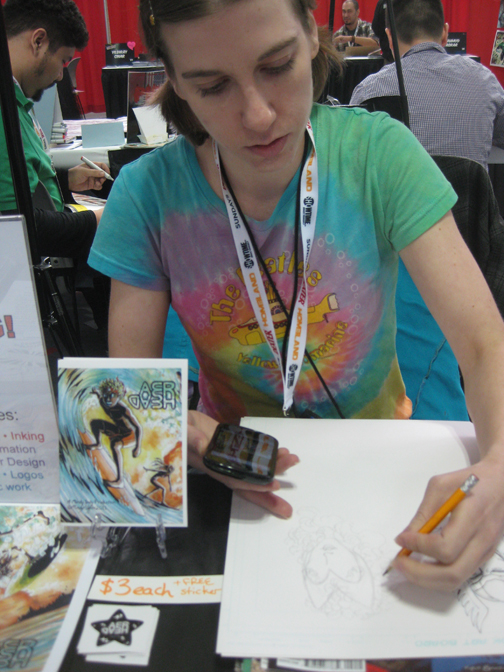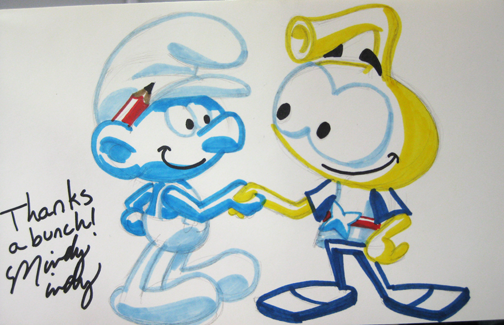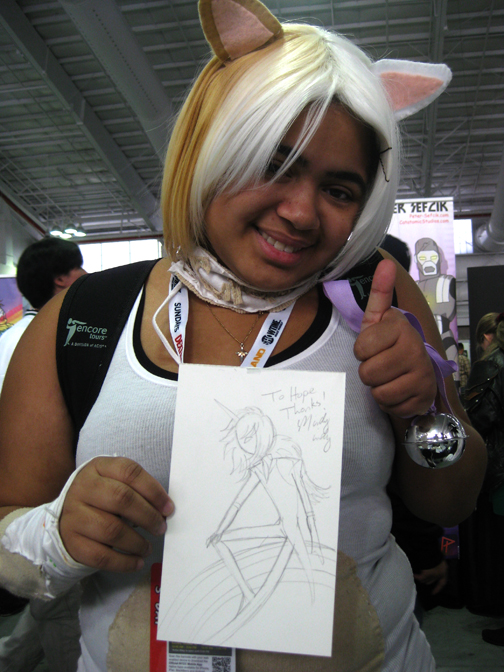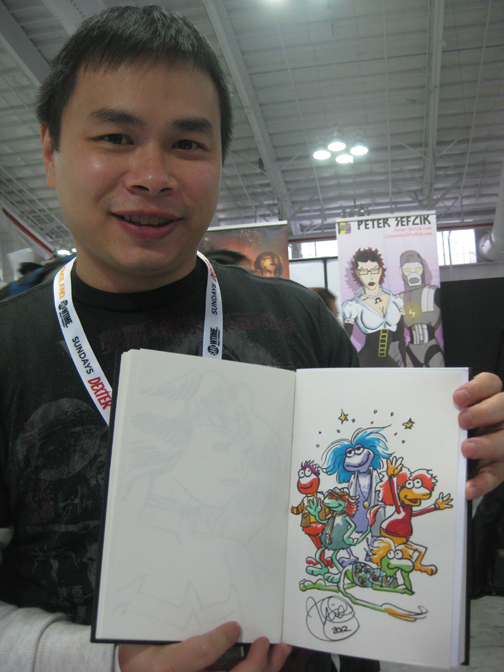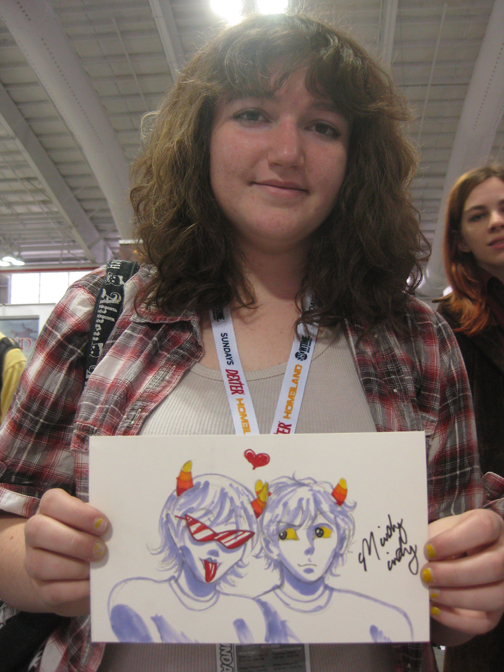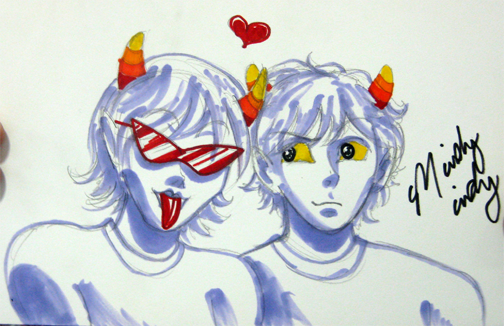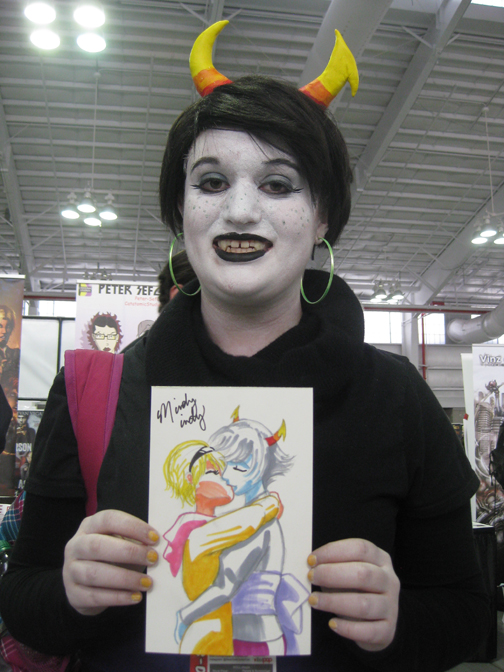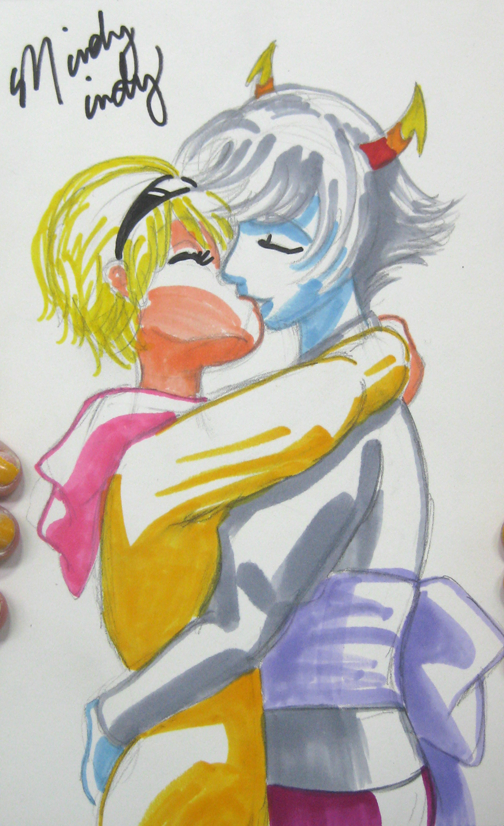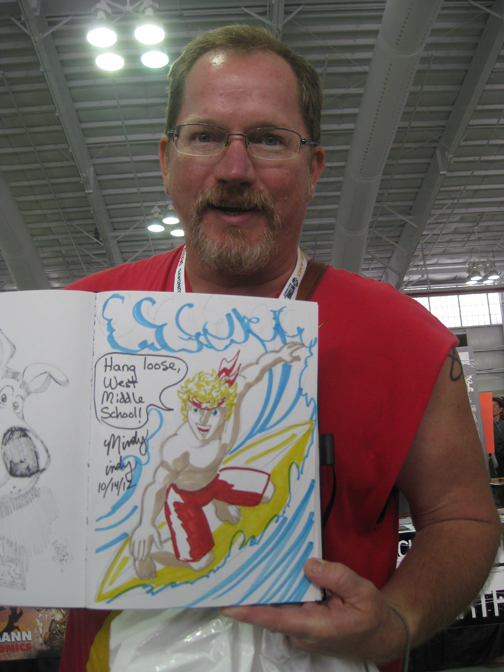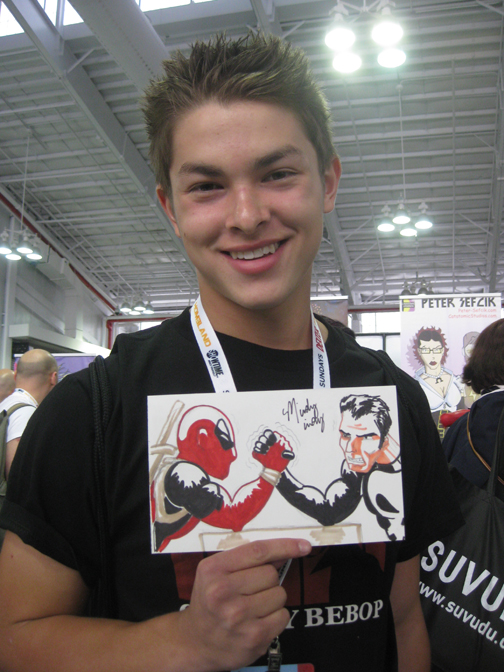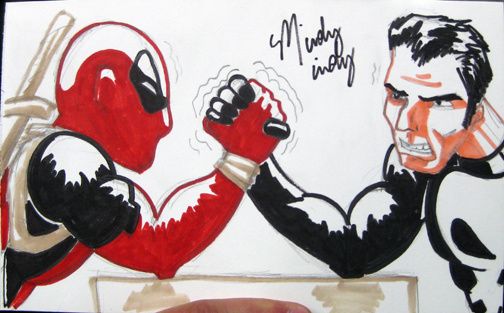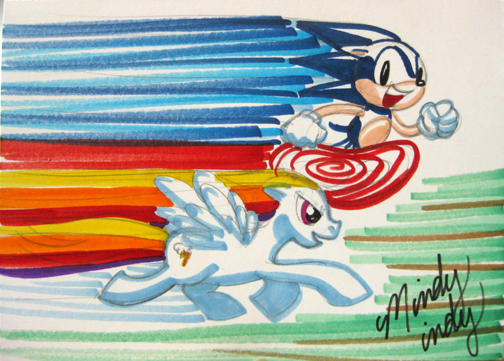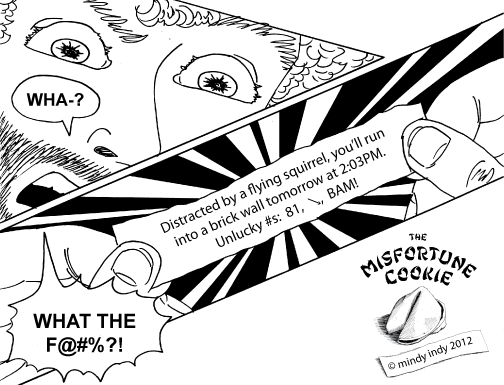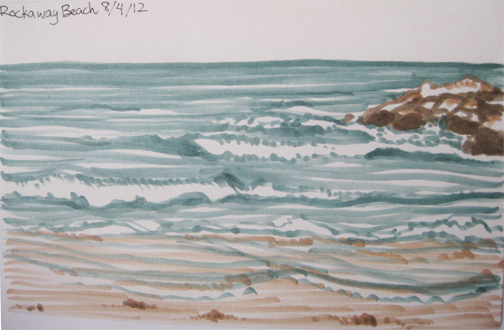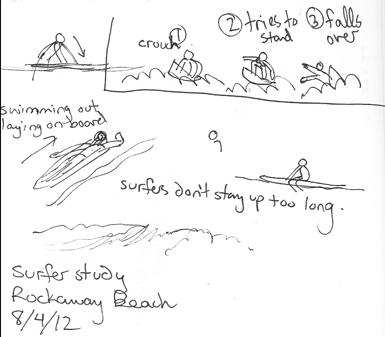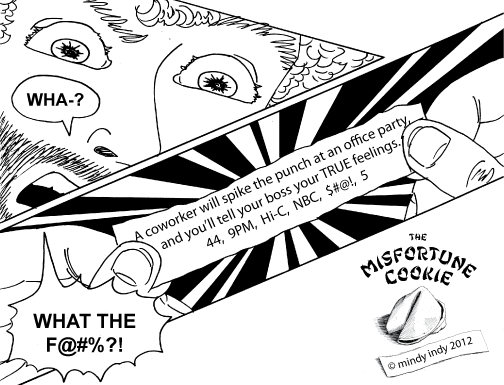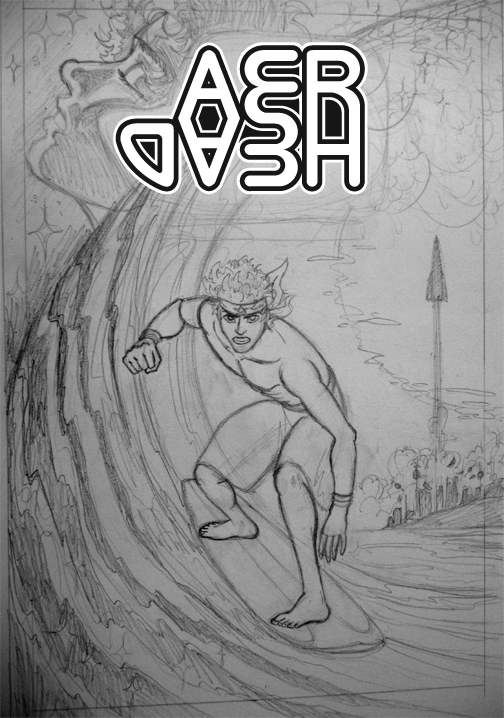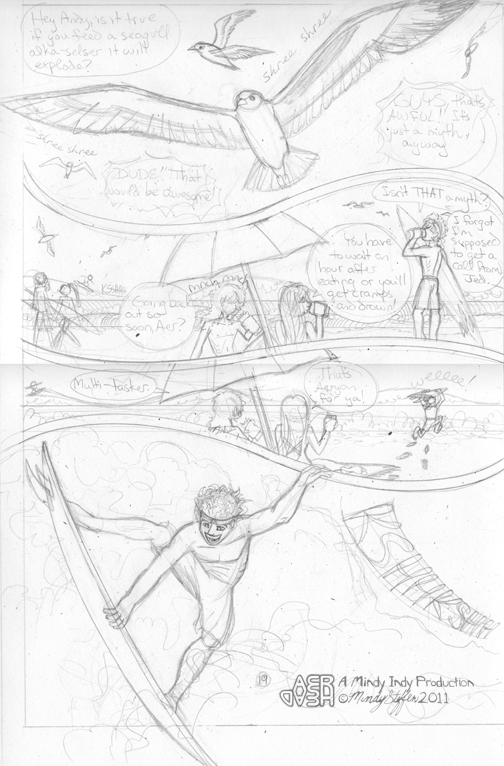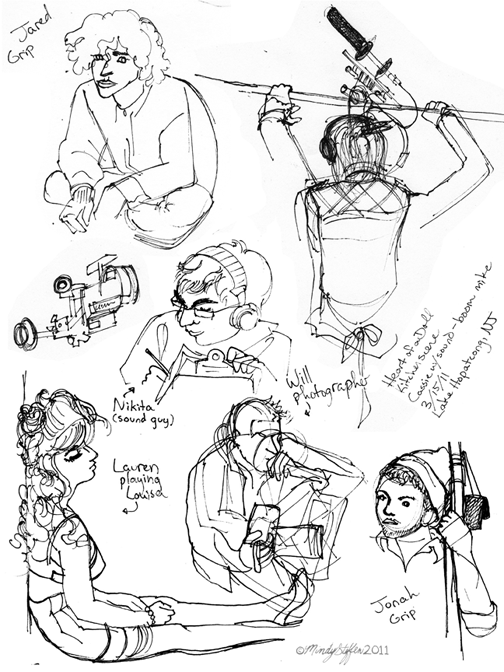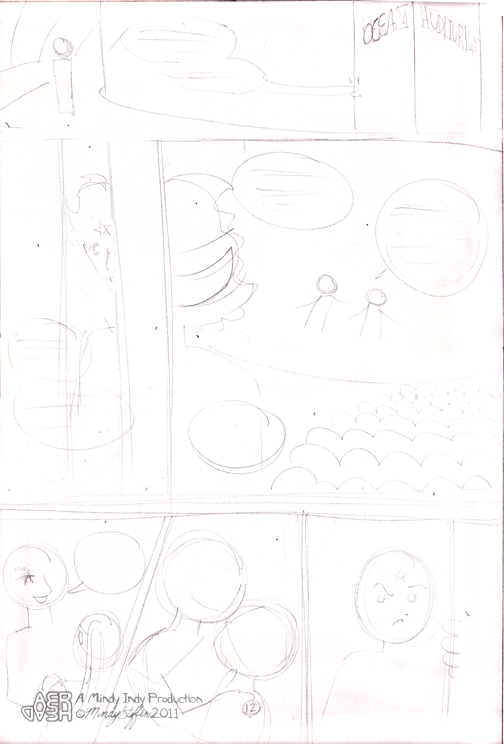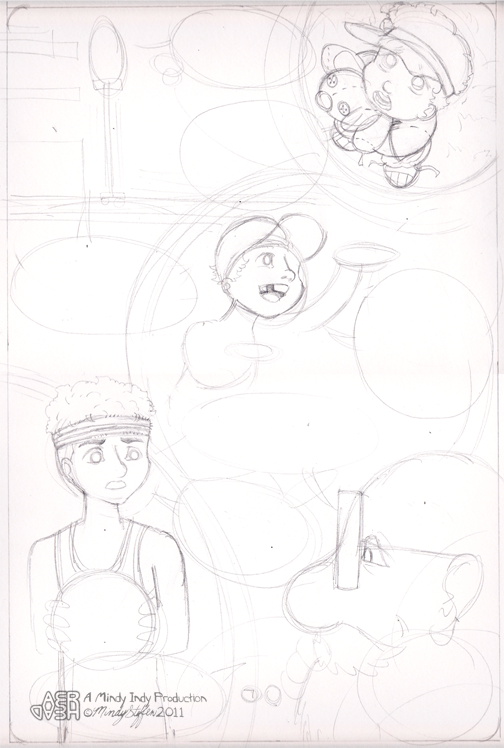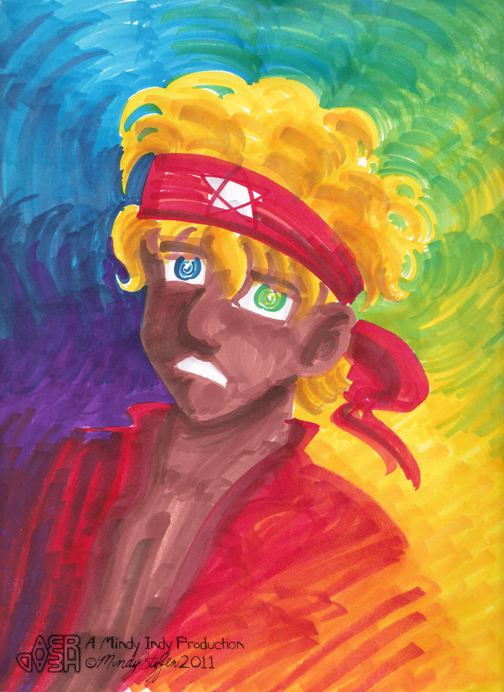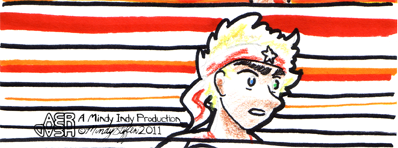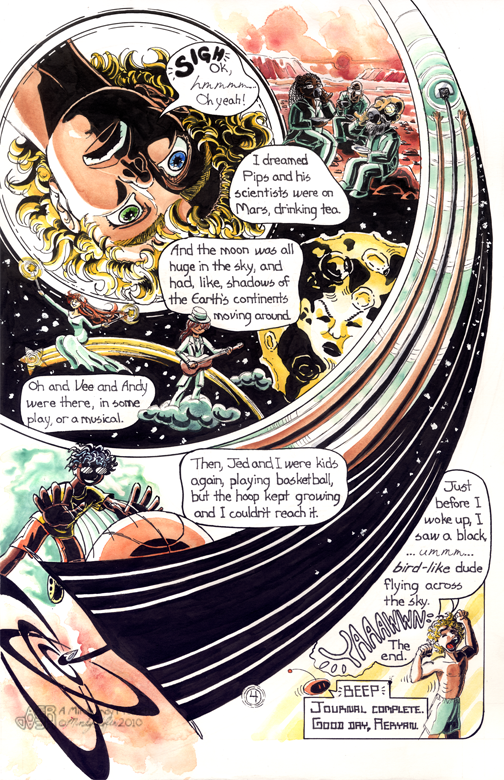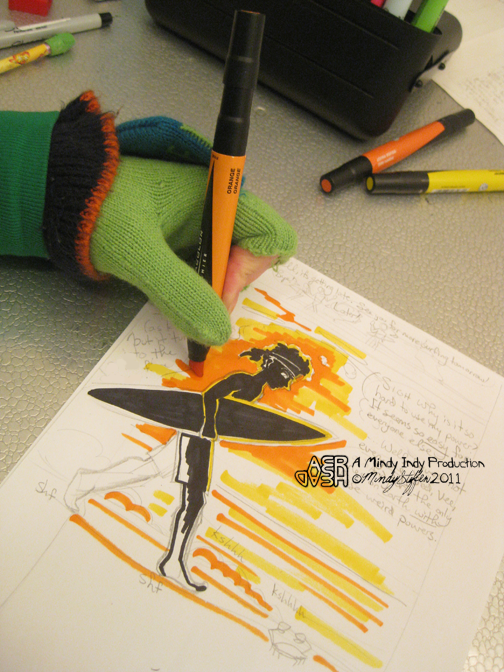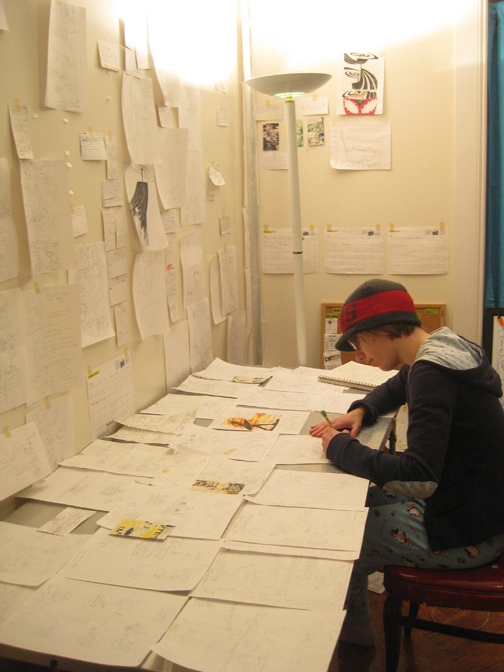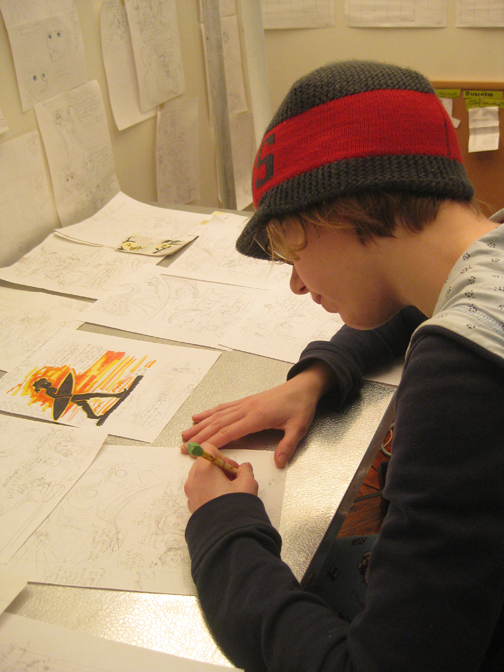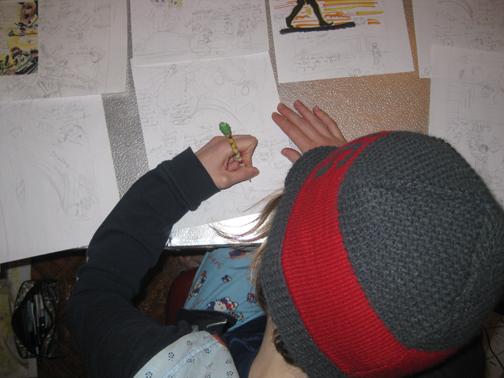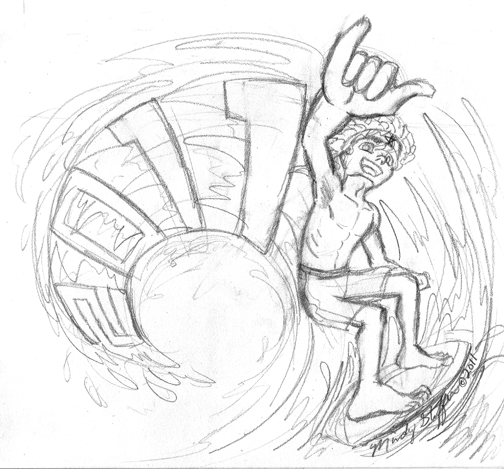 Yes, I DID draw that pic just for this subject ;) Storyboards are a series of pictures used to visualize a movie or animation. They are usually based off a script and are an essential step before filming or animating. Comic books are storyboards in themselves (which is part of why there have been so many comic book movies out recently - the storyboards already exist!). I'm using my own kind of storyboarding process for the AER HEAD comic.
Yes, I DID draw that pic just for this subject ;) Storyboards are a series of pictures used to visualize a movie or animation. They are usually based off a script and are an essential step before filming or animating. Comic books are storyboards in themselves (which is part of why there have been so many comic book movies out recently - the storyboards already exist!). I'm using my own kind of storyboarding process for the AER HEAD comic.
AER HEAD is a very long story. Before this, I had done short stories of 6 to 17 pages, so tackling this was pretty overwhelming at first. I've sketched these characters for years, and attempted to make the first part of the comic before (I'll post that after this version catches up ;) ) but I realized the big picture had lots of plot holes, I didn't know how characters would get from place X to place Z, the villains were unclear, and it didn't have much character development, so I put the story on hold. For awhile I still had all these half baked ideas floating around in my head, but this summer I realized if I don't do the comic now... when will I do it? Next year? 5 years from now? No, carpe diem!

So first, I looked through all my sketchbooks (about 12) to remember what I had sketched about the story over the years. I had totally forgot about some things! Which is why sketching them down is so important. Then, I wrote pieces of the story on index cards and put them on my wall. That's how I was taught to do it in animation classes in college. I drew images for the college storyboards, but I wrote for AER HEAD because I was still in the general concept stage and didn't want to worry about committing to drawings yet. The index cards allow me to easily switch parts of the story around, take parts out, and add parts in. I hung them in a time line like fashion to help me figure out what needed to happen between place X and place Z and other places. This was really helpful and I kept thinking of more and more things to happen!

One time I was talking with a cartoonist friend and he said he drew small thumbnail sketches of his whole story before doing the real drawings. Thumbnails are really small, like a couple inches high. They help to get the basic layout and pacing of a comic. So I was like, "All right! I'm going to draw the WHOLE THING out!" Which didn't last long... I kept getting stuck, was thinking way too hard about it, and underestimated the amount of time it would take. Sometimes the creative process is organic and you can't force it, and what method may work for one artist doesn't necessarily work for another. So take my crazy process with a grain of salt ;)
I started sketching some whole pages. I don't like drawing small, and I invent the dialogue as I'm drawing, so I used regular typing paper to fit everything in. Here's a close up of the storyboards for the first 2 pages:

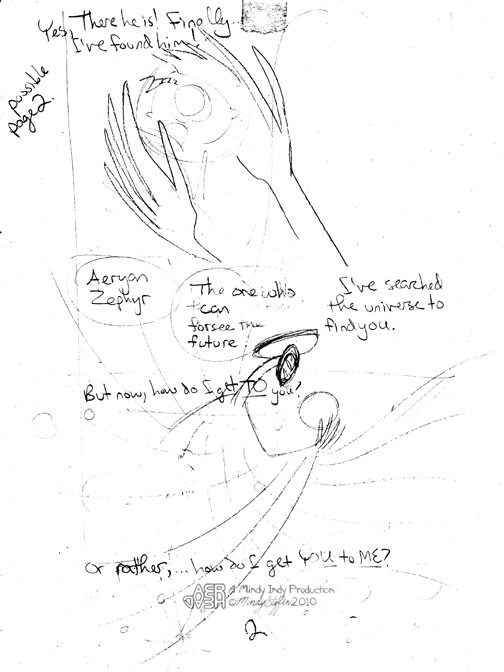 Sometimes the storyboards are more detailed like page 1, but mostly they're very sketchy and basic like page 2.
Sometimes the storyboards are more detailed like page 1, but mostly they're very sketchy and basic like page 2.
I mentioned that storyboards usually come from scripts, and while I didn't write one for AER HEAD, I read many screen writing books to help me "write" visually. Some of them were:
Robert McKee: Story
Madeline Di Maggio: "Screen-Writing" Insider Tips and Techniques to Write for the Silver Screen
Peter Dunne: Emotional Structure
I didn't read them all through, but definitely the first couple chapters and skimmed the rest. There were some other "writing for TV" books that I had to return before I read them, but I forgot their names... but just look in the library and they'll all be in one place. I also looked at Scott McCloud's "Making Comics." All these resources combined helped me to move my story forward, cut things out, create conflict, and develop characters pasts and inner desires. I also learned about things like character arcs vs story arcs, the difference between plot and story, and technical terms like archplot.
I went to the New York Comic Con this year and they had a panel called "Writing Character Driven Stories," where I learned about the impact character, holistic vs linear thinkers, and mental sex - like if a male character thinks like a female (which my male characters might turn out to be like, since I'm female and can just guess how guys think. Gotta work on that mind-melding technique... mindyindymindmeld!!)
Ok, so that's a lot of info to digest! I'm still storyboarding as I go along. All the pages you see here...

...are probably like 1/20th, or maybe 1/40th, of the whole story. One of the fun things about writing as I go is adding stuff that strikes me at odd moments like "Eureka!" A potential drawback to writing as I go is if I want to add more info to past pages, I run into problems. But at this point, I don't want that to hold me back. It's important to JUST DO IT.
PS: Yeah I know I said I'd post page 3 this week, but lots of crazy things happened and I didn't get to watercoloring yet. I'll have it for next week!

